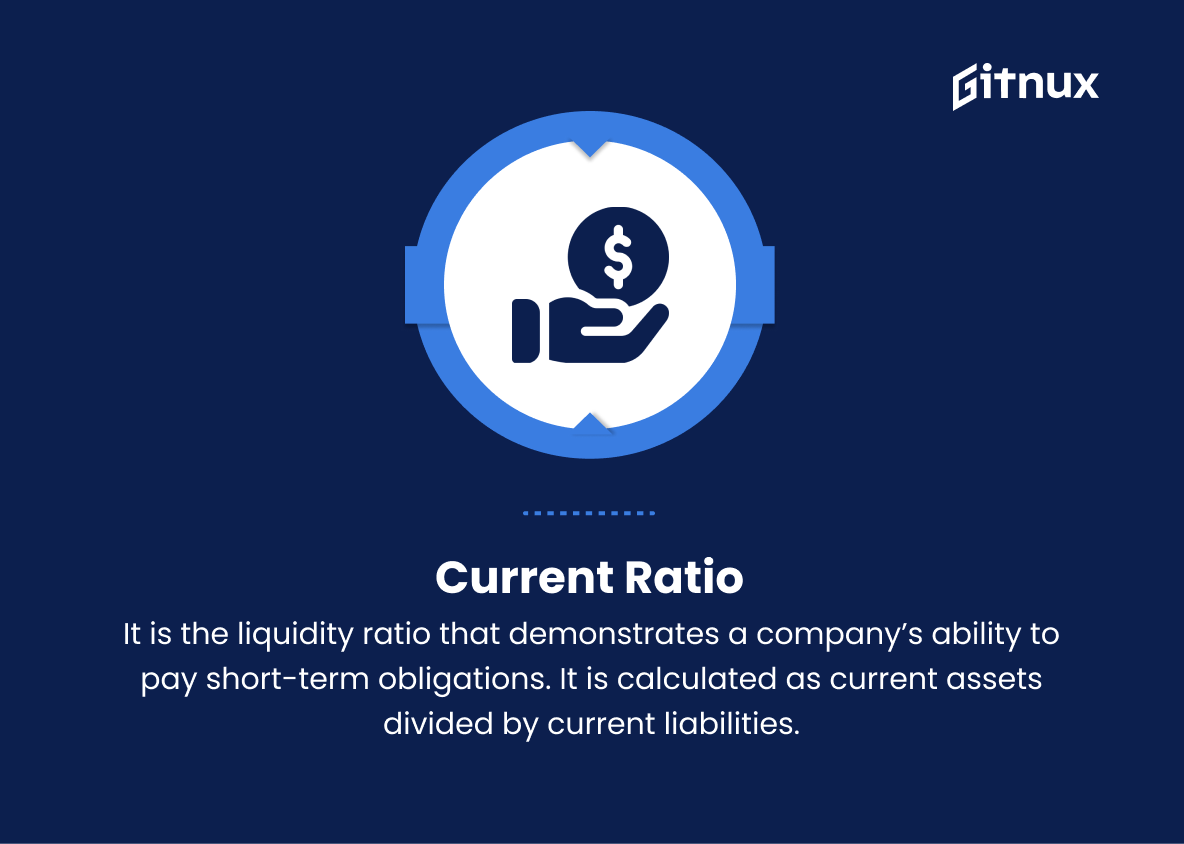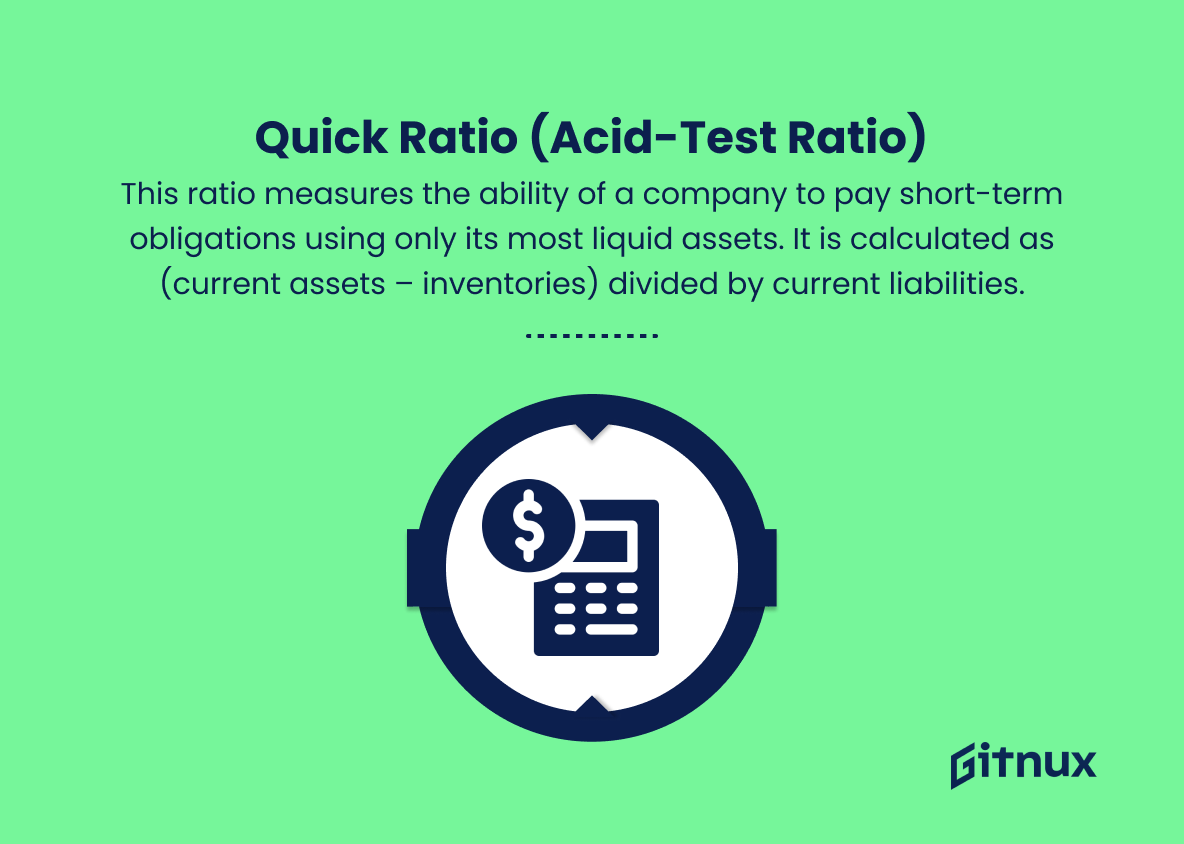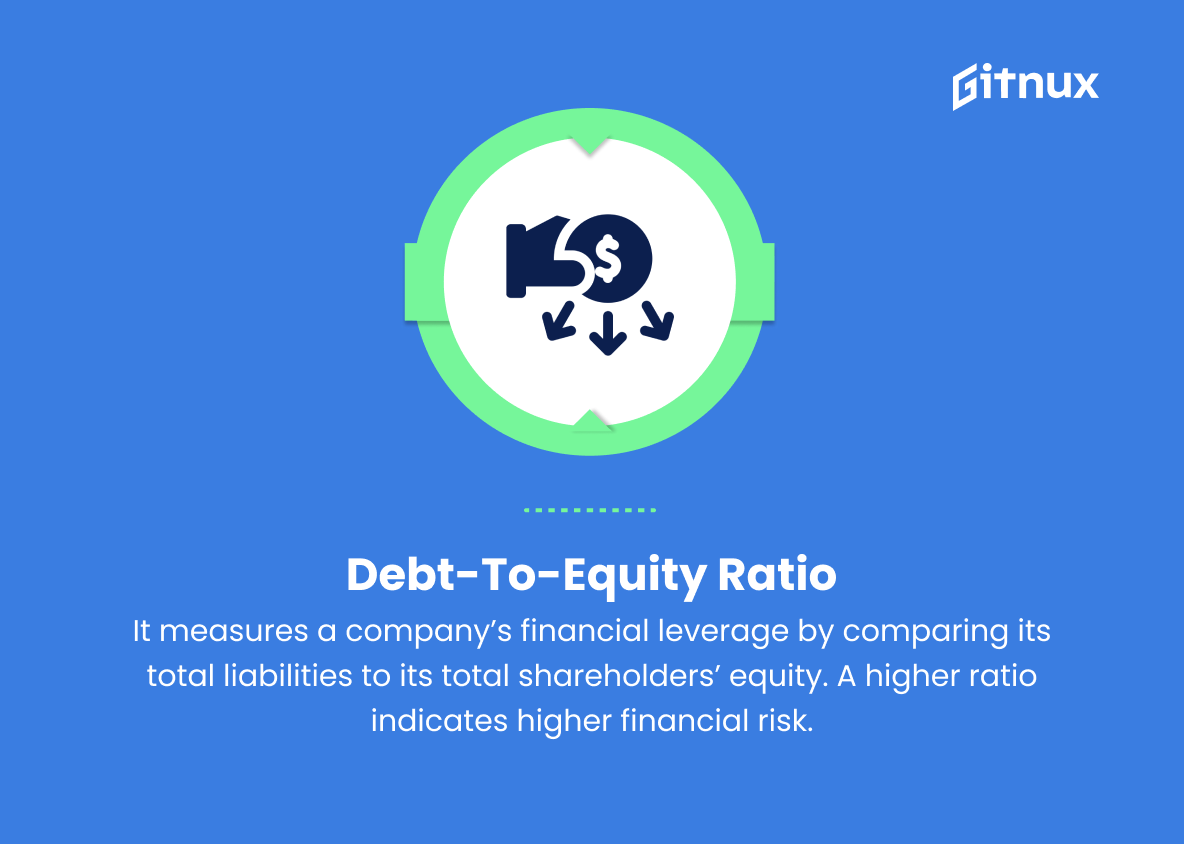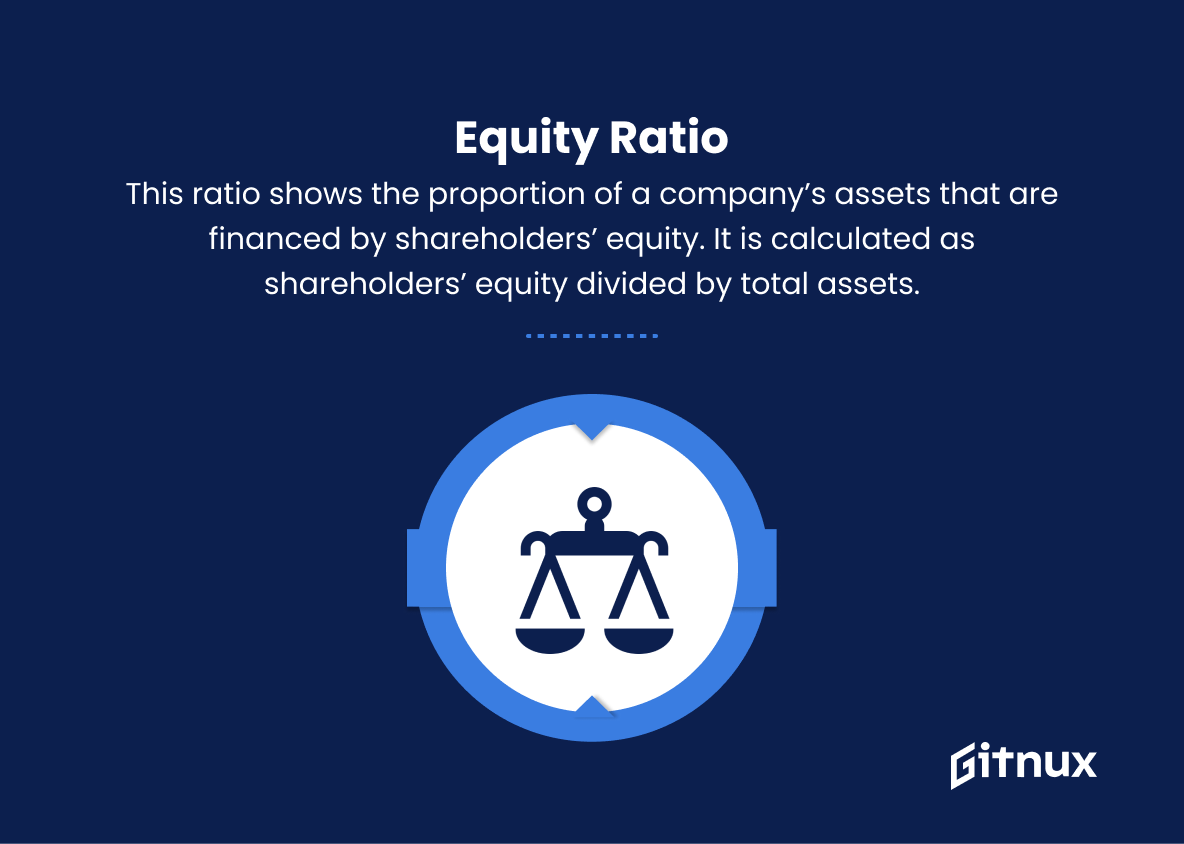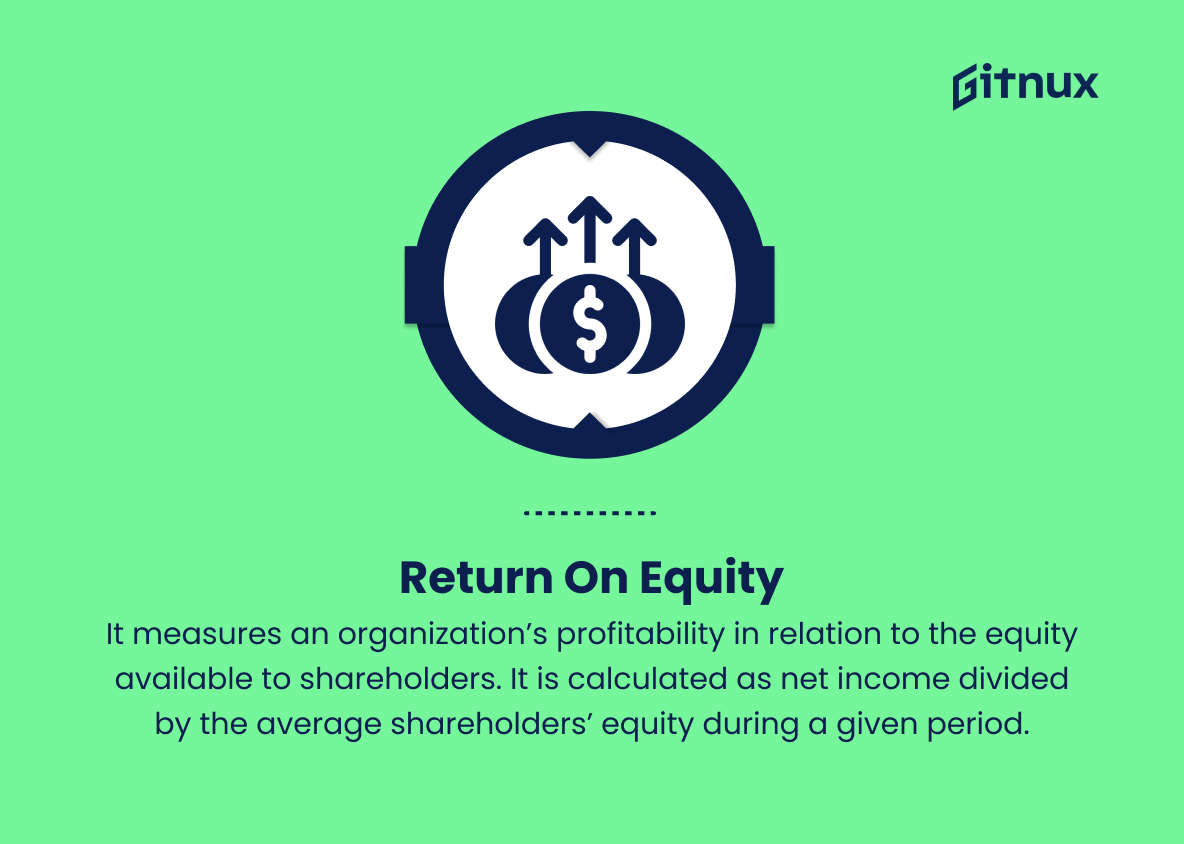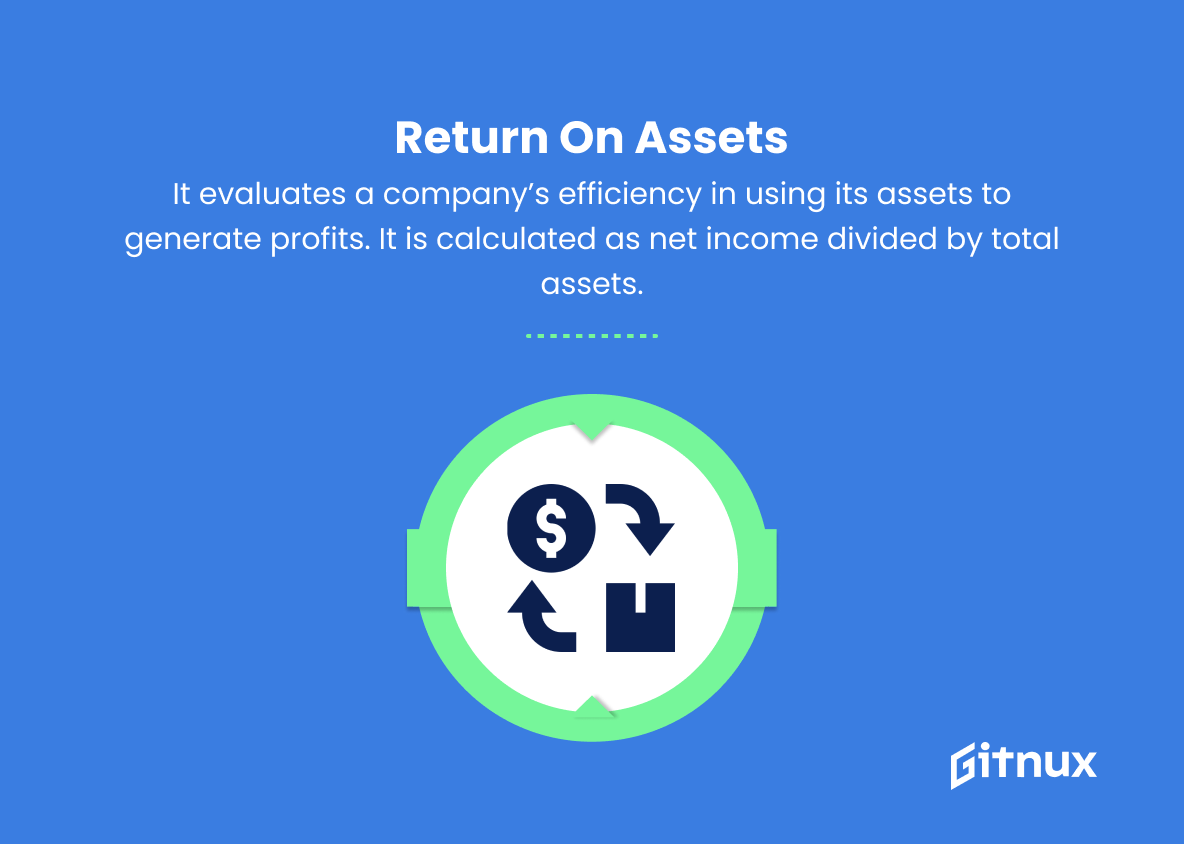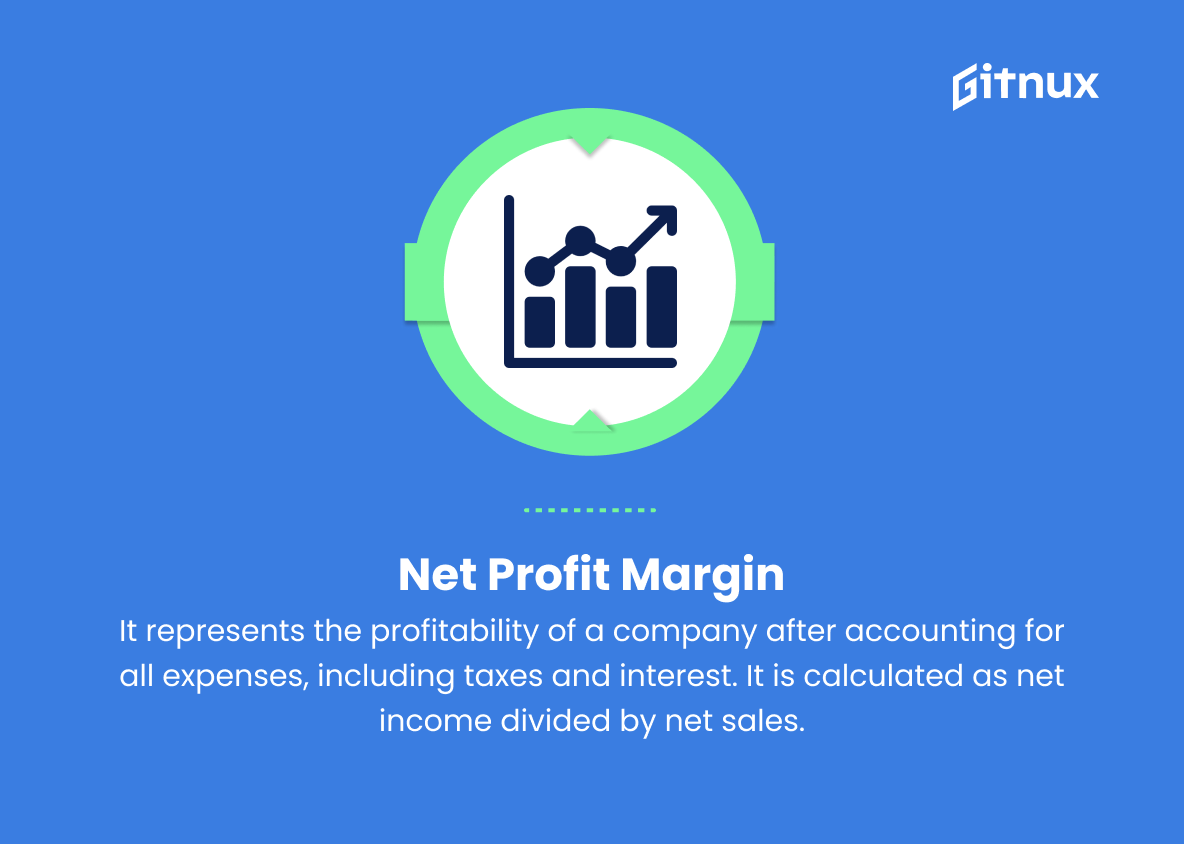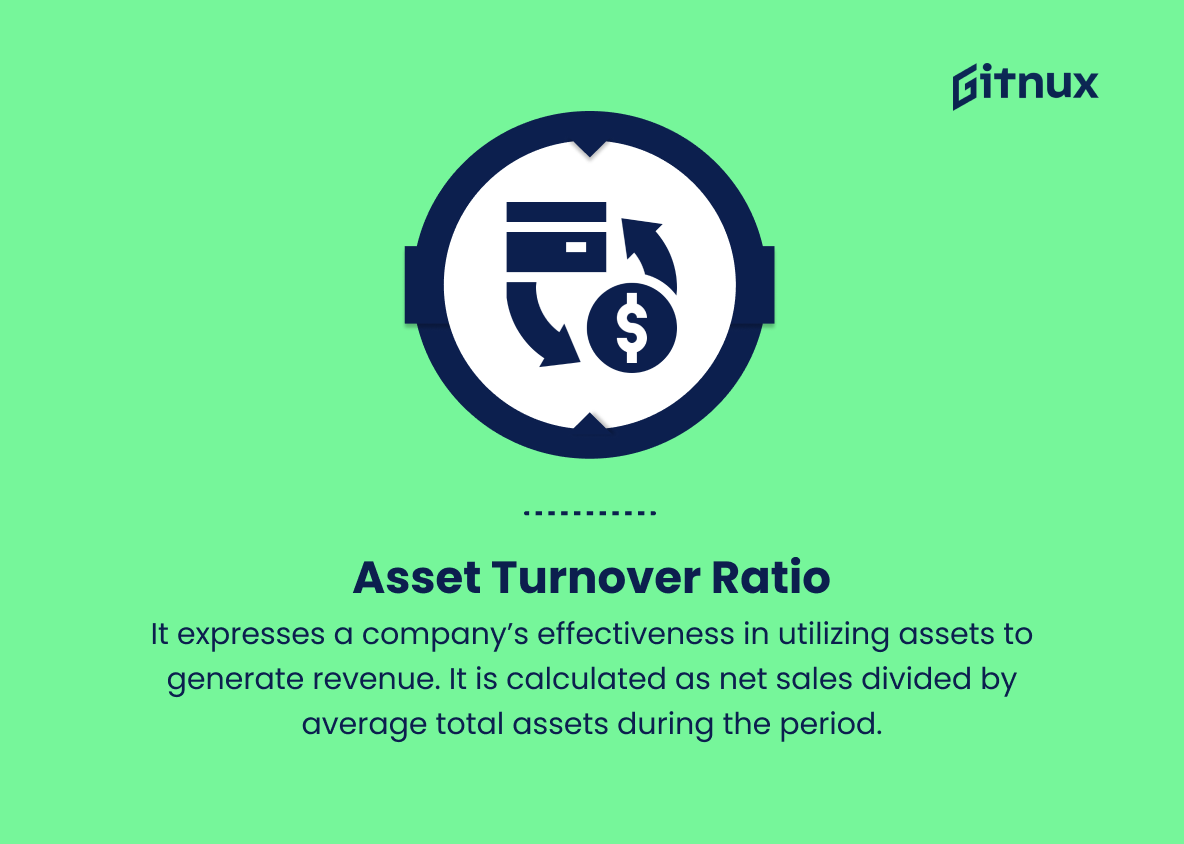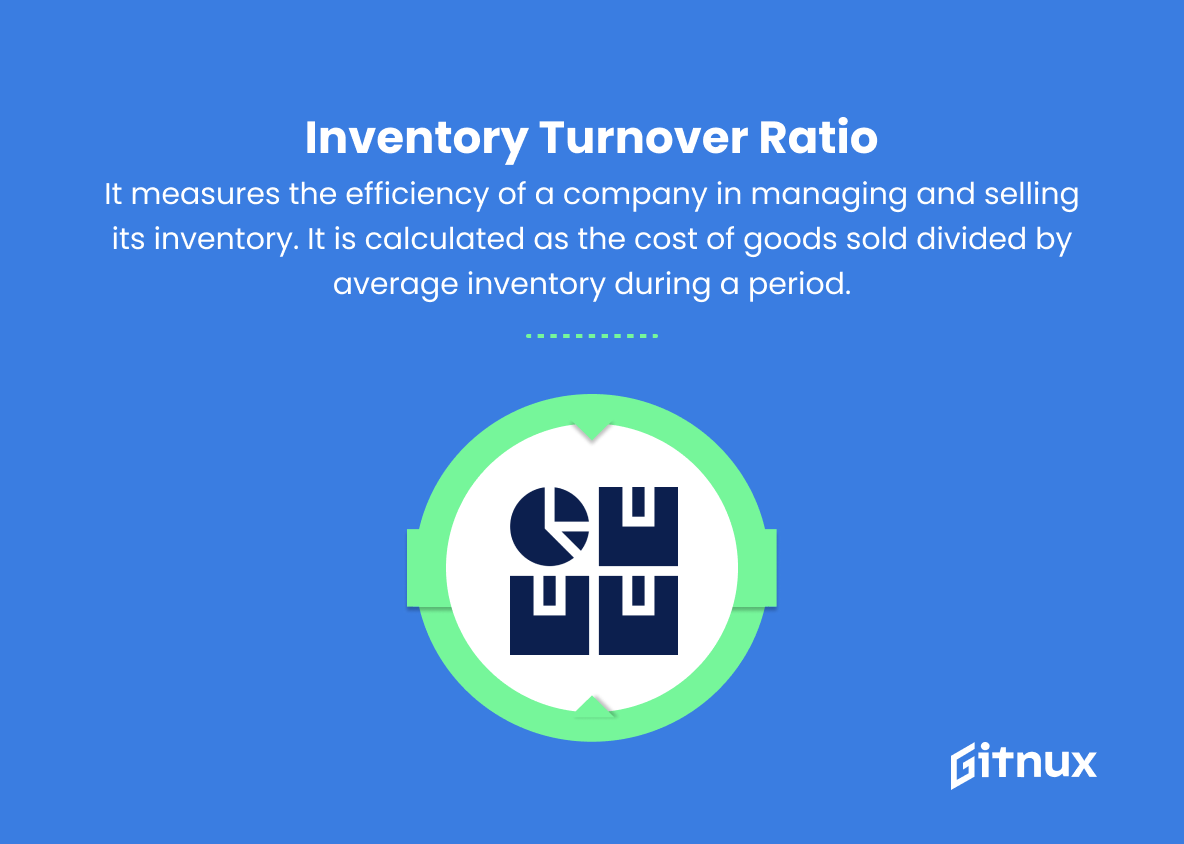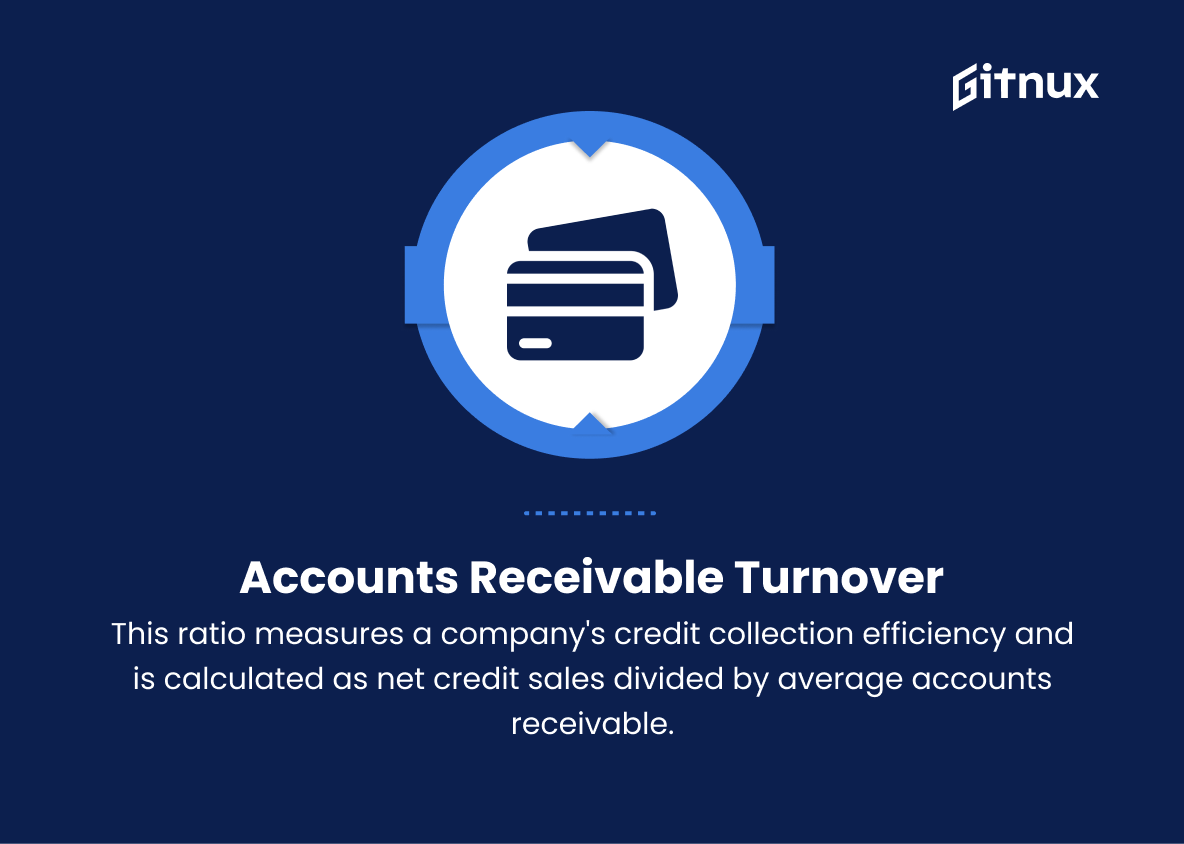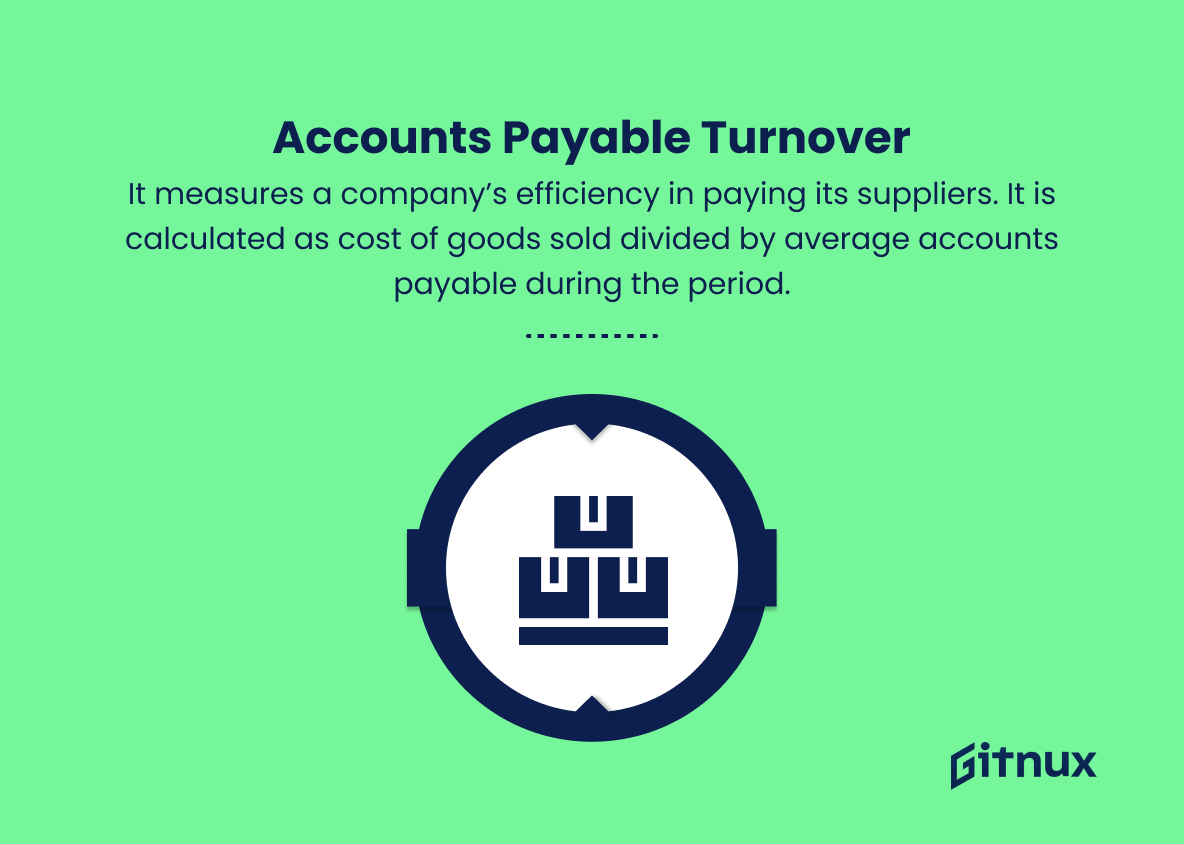In today’s financially-driven world, understanding the health and stability of a business has become more critical than ever. One of the most valuable tools at our disposal for assessing an organization’s financial standing is the balance sheet. As vital as it is, many stakeholders often find it to be a complex document to navigate. That’s where balance sheet metrics come into the picture. These metrics provide indispensable insights to investors, managers, and financial analysts by offering a comprehensive analysis of a company’s financial performance.
In this blog post, we will delve deep into the various balance sheet metrics that play a significant role in evaluating a company’s financial strength, liquidity, and overall profitability. By the end of this article, you will be well-equipped with the knowledge required not only to interpret the numbers presented on a balance sheet but also to make informed decisions based on the key balance sheet ratios and metrics.
Balance Sheet Metrics You Should Know
1. Current Ratio
It is the liquidity ratio that demonstrates a company’s ability to pay short-term obligations. It is calculated as current assets divided by current liabilities.
2. Quick Ratio (Acid-Test Ratio)
This ratio measures the ability of a company to pay short-term obligations using only its most liquid assets. It is calculated as (current assets – inventories) divided by current liabilities.
3. Debt-to-Equity Ratio
It measures a company’s financial leverage by comparing its total liabilities to its total shareholders’ equity. A higher ratio indicates higher financial risk.
4. Equity Ratio
This ratio shows the proportion of a company’s assets that are financed by shareholders’ equity. It is calculated as shareholders’ equity divided by total assets.
5. Return on Equity (ROE)
It measures an organization’s profitability in relation to the equity available to shareholders. It is calculated as net income divided by the average shareholders’ equity during a given period.
6. Return on Assets (ROA)
It evaluates a company’s efficiency in using its assets to generate profits. It is calculated as net income divided by total assets.
7. Gross Profit Margin
This margin measures a company’s profitability after deducting the cost of goods sold (COGS). It is calculated as gross profit divided by net sales.
8. Operating Profit Margin
It evaluates a company’s profitability after considering the operating expenses. It is calculated as operating profit divided by net sales.
9. Net Profit Margin
It represents the profitability of a company after accounting for all expenses, including taxes and interest. It is calculated as net income divided by net sales.
10. Working Capital
This metric assesses a company’s ability to meet its short-term obligations. It is calculated as current assets minus current liabilities.
11. Asset Turnover Ratio
It expresses a company’s effectiveness in utilizing assets to generate revenue. It is calculated as net sales divided by average total assets during the period.
12. Inventory Turnover Ratio
It measures the efficiency of a company in managing and selling its inventory. It is calculated as the cost of goods sold divided by average inventory during a period.
13. Accounts Receivable Turnover
This ratio assesses a company’s efficiency in collecting outstanding credit from its customers. It is calculated as net credit sales divided by average accounts receivable during the period.
14. Accounts Payable Turnover
It measures a company’s efficiency in paying its suppliers. It is calculated as cost of goods sold divided by average accounts payable during the period.
15. Book Value per Share
It represents the net asset value of a company allocated to each outstanding share. It is calculated as shareholders’ equity divided by the number of outstanding shares.
These metrics, when combined and analyzed, provide a comprehensive understanding of a company’s performance, financial position, and efficiency in managing its assets and liabilities.
Balance Sheet Metrics Explained
Balance sheet metrics offer insights into a company’s financial health and effectiveness in managing its resources. The Current Ratio and Quick Ratio highlight a company’s liquidity and its ability to meet short-term obligations. The Debt-to-Equity and Equity Ratios measure financial leverage and risk, while Return on Equity (ROE) and Return on Assets (ROA) indicate profitability concerning available equity and assets. Gross, Operating, and Net Profit Margins reveal the profitability levels after accounting for various expenses.
Working Capital assesses the ability to address short-term obligations, and Asset Turnover Ratio demonstrates the efficiency of using assets to generate revenue. Inventory Turnover and Accounts Receivable Turnover show effectiveness in managing inventory and collecting outstanding credits, while Accounts Payable Turnover measures efficiency in paying suppliers. Lastly, Book Value per Share indicates the net asset value allocated to each share, reflecting the company’s overall financial position. By evaluating these metrics collectively, stakeholders can gain a comprehensive understanding of a company’s performance and financial stability.
Conclusion
In summary, balance sheet metrics play a pivotal role in assessing a company’s financial health and overall performance. By monitoring and interpreting these metrics, businesses and investors alike can make informed decisions, evaluate liquidity, financial leverage, and the efficiency of asset utilization. Understanding the significance of the current ratio, quick ratio, debt-to-equity ratio, and return on assets, among others, is essential for identifying areas of improvement and potential threats. By incorporating these metrics into regular financial analysis, stakeholders can ensure long-term growth and stability, creating a solid foundation for both current success and future opportunities.
